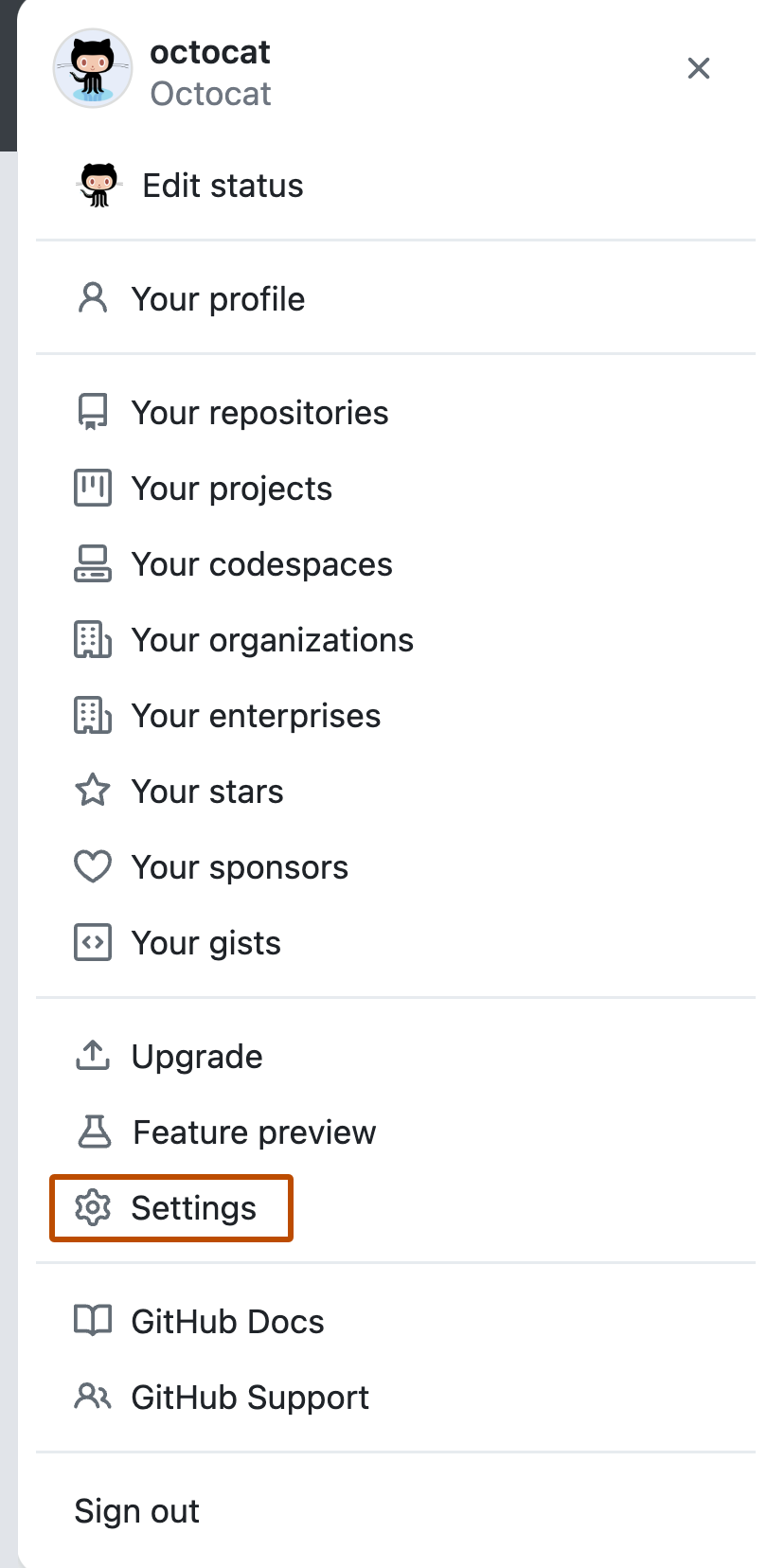- Introduction
- Diagrams
- Command to parse MakerDAO mips repository manually
- Environment vars .env file
- Creating a personal access token (GIT_ACCESS_API_TOKEN)
- Webhooks documentation (WEBHOOKS_SECRET_TOKEN equal to secret)
- Api URL. Documented with Swagger
- Menu
This project (makerdao-mips) is a MIPs Tracker for MakerDAO Improvement Proposals.
Requires git to be installed and that it can be called using the command git.
Node version 14.x.x LTS or above
$ npx nestjs-command parse:mipsMONGODB_URI=mongodb://localhost:27017/dao
PORT=3000
FOLDER_REPOSITORY_NAME=mips_repository
REPO_PATH=https://github.com/makerdao/mips.git
FOLDER_PATTERN='MIP*'
WEBHOOKS_SECRET_TOKEN=AANBM78GGfffGGGKOIh
GIT_ACCESS_API_TOKEN=AANBM78GGfffGGGKOI
GITHUB_URL_ENDPOINT=https://api.github.com/graphql
GITHUB_REPOSITORY=mips
GITHUB_REPOSITORY_OWNER=makerdaoYou should create a personal access token to use in place of a password with the command line or with the API. Personal access tokens (PATs) are an alternative to using passwords for authentication to when using the GitHub API or the command line.
-
In the upper-right corner of any page, click your profile photo, then click Settings.
-
In the left sidebar, click Developer settings.
-
In the left sidebar, click Personal access tokens.
-
Click Generate new token.
-
Give your token a descriptive name.
-
Select the scopes, or permissions, you'd like to grant this token. To use your token to access repositories from the command line, select repo.
-
Click Generate token.
-
Click to copy the token to your clipboard. For security reasons, after you navigate off the page, you will not be able to see the token again.
Warning: Treat your tokens like passwords and keep them secret. When working with the API, use tokens as environment variables instead of hardcoding them into your programs.
Webhooks allow you to build or set up integrations, such as GitHub Apps or OAuth Apps, which subscribe to certain events on GitHub.com. When one of those events is triggered, we'll send a HTTP POST payload to the webhook's configured URL. Webhooks can be used to update an external issue tracker, trigger CI builds, update a backup mirror, or even deploy to your production server. You're only limited by your imagination.
Function that lists all mips.
In the search parameter, specify a string of words that the text operator parses and uses to query the text index. The text operator treats most punctuation in the string as delimiters, except a hyphen-minus (-) that negates term or an escaped double quotes " that specifies a phrase. https://docs.mongodb.com/manual/reference/operator/query/text/#search-field
- Specifies a phrase ("General MIP Templat")
- Negate term (-MIP)
Filter field with various filter patterns. (contains, notcontains, equals, notequals)
{
"filter": {
"contains": [
{
"field": "title",
"value": "Proposal"
}
],
"notcontains": [
{
"field": "title",
"value": "subproposal"
}
],
"equals": [
{
"field": "mip",
"value": -1
}
],
"notequals": [
{
"field": "mip",
"value": -1
}
]
}
}- Order 'mip -title', means: order parameter (mip ASC and title DESC)
- Limit per page, default value 10
- Page, default value equal to zero
Menu appears horizontally along of top page, and is formed through a config JSON file existing in MIPs repository. Menu support second level menu items and can link to any valid URL. It is located at frontend/src/assets/data/menu.json
{
"data": [
{
"id": "item1",
"name": "Item 1",
"href": "URL1"
},
{
"id": "item2",
"name": "Item 2",
"children": [
{
"id": "subitem2",
"name": "Sub Item 2",
"href": "URL2"
}
]
}
]
}











